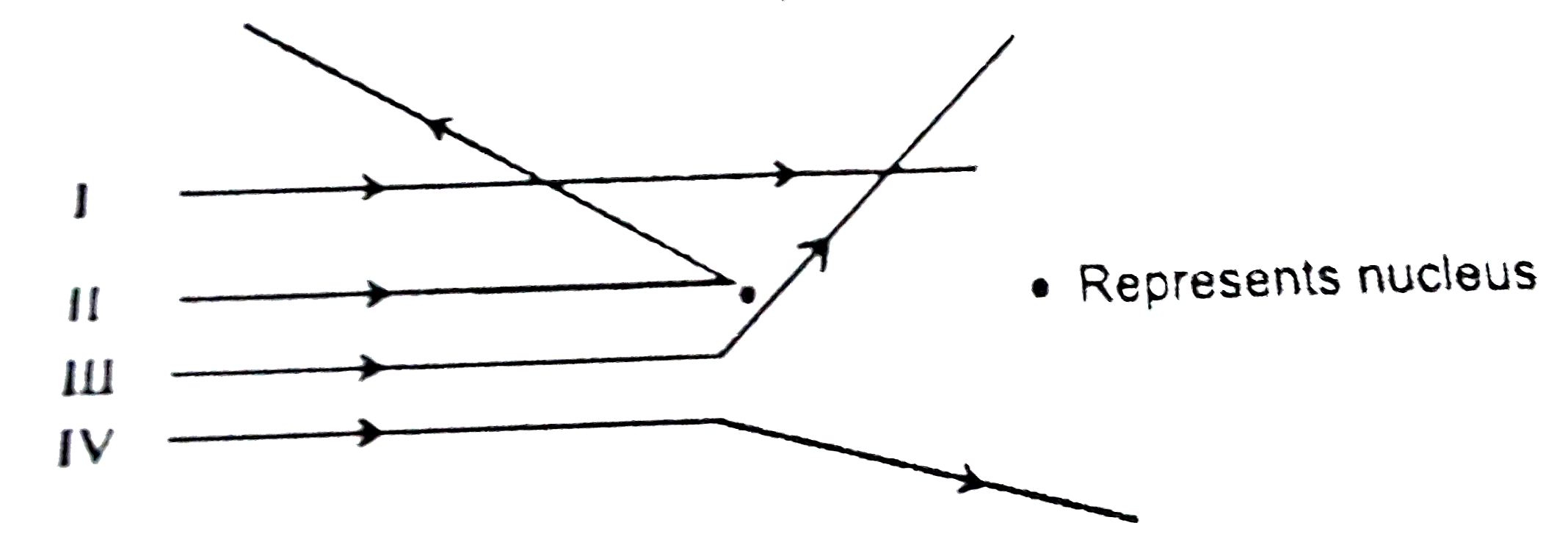Which of the following particles can't be accelerated in a cyclotron?
(1) Proton p+ (2) Antiproton p−
(3) Alpha particle α++ (4) Positron e+
We always make you learn that electrons can.t be accelerated in a cyclotorn and most of the time with electron, the only thing which strikes your mind is that it. Has negative charge (it doesn.t strike your mind that an electron has small mass and the reason because of whic we do not accelerated electron is not its negative cahrge rather its small mass) and because of whcih you may be tempted to mark ans (2) because rest all are positive charge -but that.s incorrect choice. You know the reason because of whcih we do not accelerated electrons is its small mass and hence the correct choice is 4. Postron is the anti particle of electron and hasd the same mass but opposite charge.
Topper's Solved these Questions
- MOVING CHARGE AND MAGNESIUMBook:AAKASH INSTITUTE ENGLISHChapter:MOVING CHARGE AND MAGNESIUMExercise:TRY YOURSELF
Explore 12 Videos
- MOVING CHARGE AND MAGNESIUMBook:AAKASH INSTITUTE ENGLISHChapter:MOVING CHARGE AND MAGNESIUMExercise:EXERCISE
Explore 30 Videos
- MOVING CHARGE AND MAGNESIUMBook:AAKASH INSTITUTE ENGLISHChapter:MOVING CHARGE AND MAGNESIUMExercise:SECTION D
Explore 16 Videos
- MOTION IN STRAIGHT LINEBook:AAKASH INSTITUTE ENGLISHChapter:MOTION IN STRAIGHT LINEExercise:Assignment (SECTION - J)
Explore 2 Videos
- MOVING CHARGES AND MAGNETISMBook:AAKASH INSTITUTE ENGLISHChapter:MOVING CHARGES AND MAGNETISMExercise:Assignment Section J (Aakash Challengers Questions)
Explore 5 Videos
Similar Questions
Which of the following particle can be accelerated in cyclotron?
View SolutionThe increasing order (lowest first) for the values of e/m (charge/mass) for electron (e), proton (p), neutron (n), and alpha particle (α) is
View SolutionThe magnitude of the de-Broglie wavelength (λ) of an electron (e),proton(p),neutron (n) and α particle (a) all having the same energy of Mev, in the increasing order will follow the sequence:
View SolutionFor a given kinetic energy, which of the following has the smallest de Broglie wavelength : electron, proton and α−partic≤?
View SolutionWhich of the following path of α-particle is/are possible in the α-particle scattering experiment?

View SolutionFor which subatomic particle the ratio of charge and mass would be greater. (A) Proton, (B) Alpha particle, (C) Neutron, (D) Electron
View SolutionFor which of the following reaction the degree of dissociation (α) and equilibrium constant (Kp) are
related as Kp=4α2P(1−α2) ?
View SolutionAn α-particle is accelerated through a.p.d of 106 volt the K.E. of particle will be
View SolutionThe ration of spectific charge ( e//m) of a proton to that of an alpha-particle is :
View SolutionA particle of charge q and mass m moves rectilinearly under the action of an electric field E=α−βx. Here, αandβ are positive constants and x is the distance from the point where the particle was initially at rest. Then:
(1) the motion of the particle is oscillatory with amplitude αβ
(2) the mean position of the particles is at x=αβ
(3) the maximum acceleration of the particle is qαm
(4) All 1, 2 and 3
View Solution